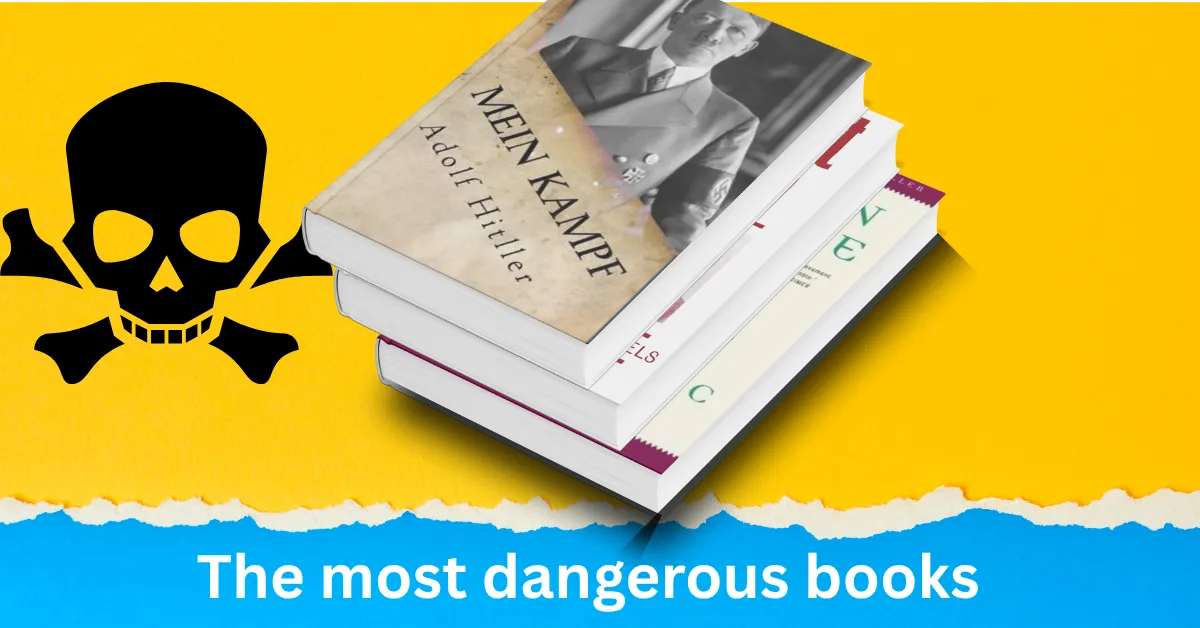Last updated on August 4th, 2025 at 04:22 pm
Throughout history, books have held the power to inspire, enlighten, and liberate—but some have also ignited fear, controversy, and even violence. The most dangerous books ever written are those that challenge authority, provoke moral outrage, or influence actions that alter the course of history.
From political manifestos to forbidden novels, these works have been banned, burned, and censored, yet they remain enduring symbols of the written word’s power. Understanding why these texts are considered dangerous allows us to see how literature and ideology shape societies, sometimes with devastating consequences.
Background: Why Books Become “Dangerous”
Books become labeled as dangerous for many reasons. Some works incite political revolutions or violent movements, while others provoke deep moral or religious backlash. The most dangerous books of all time have either spread harmful ideologies, challenged sacred doctrines, or encouraged behaviors that shook social stability.
- Political texts like Mein Kampf and The Communist Manifesto have fueled revolutions and atrocities.
- Religious controversies like The Satanic Verses sparked protests and death threats.
- Literary provocations such as Ulysses or Lolita faced bans for obscenity.
- Practical manuals like The Anarchist Cookbook were feared for enabling real-world harm.
In every case, these works reveal the duality of literature: its power to inspire thought and its potential to provoke danger.
Most Dangerous Books
1. Mein Kampf by Adolf Hitler
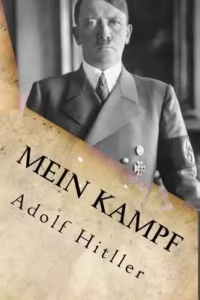
Few books illustrate the peril of words better than Adolf Hitler’s Mein Kampf. Published in the 1920s, this manifesto laid the ideological groundwork for the rise of Nazism, promoting anti-Semitism, Aryan supremacy, and aggressive nationalism.
Its ideas were not just theoretical—they led directly to the horrors of the Holocaust and World War II.
Considered one of the most dangerous books ever written, Mein Kampf continues to raise ethical debates about whether it should be freely available or restricted due to its potential to inspire hate and extremist movements even today.
2. The Satanic Verses by Salman Rushdie
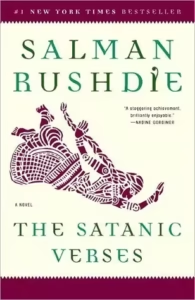
Salman Rushdie’s The Satanic Verses is a literary novel that became a flashpoint for religious controversy.
Published in 1988, it angered many Muslims due to perceived blasphemous references to the Prophet Muhammad. The outrage culminated in a fatwa calling for Rushdie’s death, sparking global protests and decades of debates over freedom of expression and religious sensitivity.
This book is labeled as one of the most dangerous books of all time not for inciting violence, but for triggering violent reactions, illustrating the volatile intersection of literature, faith, and politics.
3. The Turner Diaries by William Luther Pierce
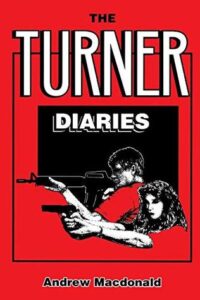
Written under the pseudonym Andrew Macdonald, The Turner Diaries is a chilling example of fiction inspiring real-world terror.
This white supremacist novel envisions a violent revolution leading to a racist utopia, and it has directly inspired acts of domestic terrorism, including the Oklahoma City bombing.
Its status among the most dangerous books lies in its ability to radicalize readers with racist and extremist ideology, demonstrating how narrative fiction can be weaponized.
4. Animal Farm by George Orwell
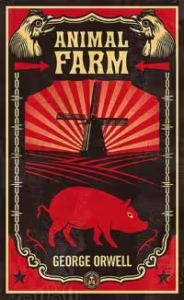
On the surface, George Orwell’s Animal Farm is a simple allegorical tale about farm animals overthrowing their human owner.
Yet, beneath this fable lies a scathing critique of totalitarianism and political corruption, particularly aimed at Stalinist Russia. Banned in multiple countries during the Cold War, it was viewed as subversive propaganda.
While it promotes awareness rather than violence, regimes considered it one of the most dangerous books ever written because it exposed the fragility of authoritarian control through accessible storytelling.
5. Nineteen Eighty-Four (1984) by George Orwell
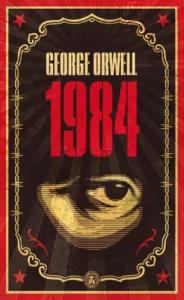
Orwell’s 1984 remains a cornerstone of dystopian literature and a warning about the dangers of surveillance and totalitarianism.
Published in 1949, its depiction of Big Brother, thought control, and the erosion of individual freedom terrified oppressive governments, leading to bans in the USSR and other regimes.
Its inclusion among the most dangerous books of all time stems from its enduring power to awaken dissent and remind citizens to question authority, even decades after its release.
6. The Necronomicon by H.P. Lovecraft (Fictional Grimoire)
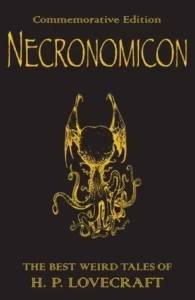
Unlike the other entries, The Necronomicon is a fictional occult book from H.P. Lovecraft’s horror mythos.
Despite being imaginary, it gained a life of its own in popular culture, spawning rumors of real-world copies and occult practices.
Some consider it “dangerous” in a cultural sense, as it symbolizes forbidden knowledge and has inspired occult rituals, urban legends, and horror media.
Its inclusion reflects how even fictional works can stir unease and fascination when they touch humanity’s fear of the unknown.
7. Ulysses byJames Joyce
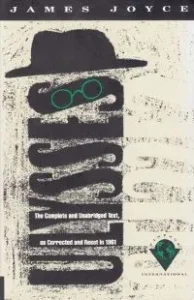
James Joyce’s Ulysses is one of the most celebrated and controversial novels of the 20th century. First published in 1922, it faced multiple bans for obscenity, particularly in the United States and the United Kingdom, due to its candid sexual references and experimental narrative style.
While it did not incite violence or political upheaval, it was considered one of the most dangerous books of its time because it challenged societal norms, literary conventions, and censorship laws.
Its eventual legalization became a landmark for freedom of expression, demonstrating how literature deemed “dangerous” can later be recognized as transformative art.
8. Fifty Shades of Grey by E.L. James

Though not politically subversive or historically catastrophic, E.L. James’ Fifty Shades of Grey sparked widespread moral debate.
Published in 2011, it portrays explicit BDSM sexual relationships, leading critics to claim it glamorized unhealthy dynamics and eroded cultural taboos around erotic content. It became one of the most dangerous books of all time in the cultural sense, frequently challenged in libraries and schools for explicit material.
Its impact lies not in violence or ideology but in its ability to provoke mass discussion on sexual norms, censorship, and the intersection of mainstream publishing with erotic fiction.
9. Germania by Tacitus
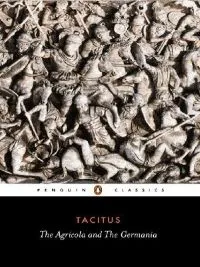
Written by the Roman historian Tacitus around 98 AD, Germania is a seemingly academic ethnography of the Germanic tribes.
However, centuries later, it became one of the most dangerous books ever written due to its misuse by nationalist and racialist movements. In the 19th and 20th centuries, its descriptions of Germanic peoples as noble and pure were twisted to support Nazi ideology and Aryan supremacy.
This demonstrates that even historical texts can become dangerous when interpreted through extremist lenses, influencing political narratives far beyond their original scholarly intent.
10. The Communist Manifesto by Karl Marx & Friedrich Engels
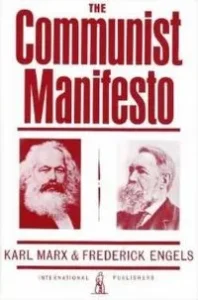
Few texts have had a more profound and polarizing impact on modern history than The Communist Manifesto, published in 1848.
Calling for the overthrow of capitalist systems and the rise of proletarian power, it inspired revolutions and the formation of socialist and communist states across the globe. While it also influenced labor reforms and social justice movements, its application in regimes like Stalin’s USSR and Maoist China led to mass repression, famine, and purges.
Its revolutionary potential cements it as one of the most dangerous books of all time, capable of reshaping societies for better or worse.
11. Quotations from Chairman Mao Tse-tung (The Little Red Book) by Mao Zedong
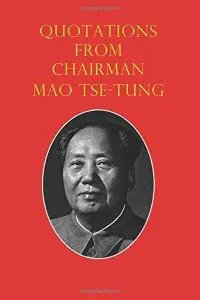
Known as The Little Red Book, this collection of quotations from Chinese leader Mao Zedong became a cultural and political weapon during China’s Cultural Revolution (1966–1976).
Distributed to millions, it was required reading and used to justify purges, public shaming, and violent campaigns against intellectuals and perceived enemies of the state.
The book’s ability to transform ideology into mass mobilization makes it a prime example of the most dangerous books ever written, as it directly contributed to political hysteria and the suffering of millions.
12. The Protocols of the Elders of Zion by Anonymous Hoax
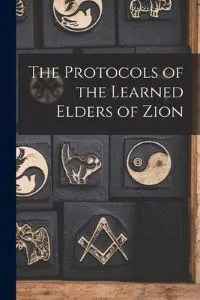
Perhaps one of history’s most insidious pieces of propaganda, The Protocols of the Elders of Zion is a fabricated text claiming a Jewish conspiracy for global domination. Emerging in the early 20th century, it fueled anti-Semitic violence across Europe and influenced Nazi ideology.
Though repeatedly debunked, it continues to circulate in some extremist circles. Its lasting impact on hate movements qualifies it among the most dangerous books ever written, showing the deadly potential of lies presented as truth.
13. The Anarchist Cookbook by William Powell
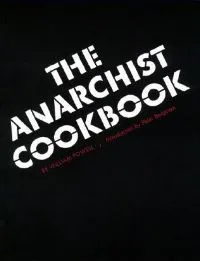
Published in 1971, The Anarchist Cookbook is infamous for its instructions on bomb-making, hacking, and sabotage.
Written by William Powell during his countercultural youth, the book became linked to criminal acts and terrorism, even though its real-world influence remains debated. Powell himself later disavowed it, recognizing the risks of putting such information into the public domain.
Its explicit content and potential for harm solidify its place as one of the most dangerous books of all time, illustrating how knowledge without context can provoke unintended and lethal consequences.
14. On the Origin of Species by Charles Darwin
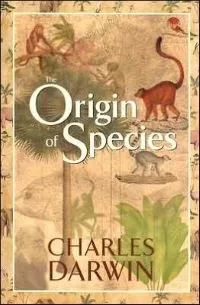
Published in 1859, Charles Darwin’s On the Origin of Species is not a manifesto for violence but became a deeply controversial text due to its challenge to religious orthodoxy.
By presenting the theory of natural selection, Darwin’s work undermined traditional beliefs about divine creation, sparking fierce debates in churches and schools. In the 19th century, it was viewed as one of the most dangerous books ever written, banned in some religious communities and condemned for threatening established moral frameworks.
Its danger lay in the way it forced society to confront scientific evidence that disrupted long-held worldviews, changing the conversation about human origins forever.
15. The Prince by Niccolò Machiavelli

Written in 1532, Niccolò Machiavelli’s The Prince is a seminal political treatise advocating realpolitik and pragmatic power over moral ideals.
It has been accused of teaching rulers to lie, manipulate, and govern through fear, earning Machiavelli an enduring reputation for ruthlessness. Historically banned by the Catholic Church, the book’s influence on leaders—from monarchs to dictators—cements it among the most dangerous books of all time.
Its “danger” lies not in direct harm but in its ability to legitimize cunning political strategies, shaping power dynamics for centuries.
16. The Rights of Man by Thomas Paine
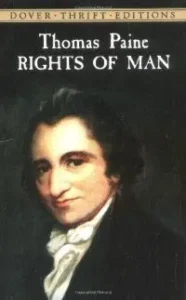
Thomas Paine’s The Rights of Man (1791) was a revolutionary call for democracy, civil liberties, and the overthrow of tyrannical rule.
Praising the French Revolution, it was banned in Britain and other monarchies, considered seditious and dangerous to the established order. Its words ignited the spirit of rebellion and inspired reform movements around the world.
This work is listed among the most dangerous books ever written because it empowered ordinary citizens to question authority and seek radical political change, laying the ideological groundwork for democratic revolutions.
17. The Malleus Maleficarum by Heinrich Kramer & Jacob Sprenger
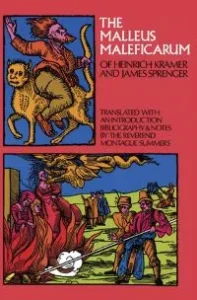
Published in 1487, The Malleus Maleficarum—or “The Hammer of Witches”—was a manual for identifying and prosecuting witches.
Endorsed by segments of the Catholic Church, it fueled Europe’s witch trials, leading to the torture and execution of thousands, predominantly women. Its horrific real-world consequences make it one of the most dangerous books of all time, as it legitimized superstition and systemic violence under the guise of religious authority.
This book demonstrates that dangerous ideas need not be revolutionary—they can also perpetuate fear and oppression.
18. Lolita by Vladimir Nabokov
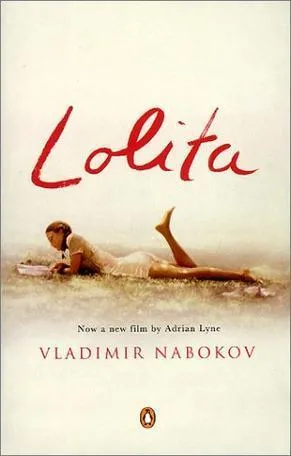
Vladimir Nabokov’s Lolita (1955) is a literary masterpiece shrouded in controversy due to its subject matter: a middle-aged man’s sexual obsession with a 12-year-old girl.
While Nabokov’s prose is admired, the book was banned in several countries for obscenity and moral concerns. Its inclusion among the most dangerous books ever written reflects cultural fears of normalizing taboo relationships and the ethical discomfort it evokes.
Though not politically incendiary, Lolita continues to provoke debate about art, morality, and the limits of literary expression.
| Book Title | Author(s) | Type of Danger | Impact | Historical Outcome |
|---|---|---|---|---|
| Mein Kampf | Adolf Hitler | Political / Ideological | Spread Nazi ideology; inspired genocide | Directly contributed to WWII and the Holocaust |
| The Satanic Verses | Salman Rushdie | Religious / Cultural | Provoked global protests; fatwa issued against author | Sparked debates on free speech vs. religious sensitivity |
| The Turner Diaries | William Luther Pierce | Political / Extremist | Inspired white supremacist violence | Linked to Oklahoma City bombing and hate crimes |
| Animal Farm | George Orwell | Political / Satirical | Critiqued totalitarianism | Banned in communist regimes; symbol of dissent |
| Nineteen Eighty-Four (1984) | George Orwell | Political / Dystopian | Exposed surveillance and tyranny | Inspired global awareness of totalitarian threats |
| The Necronomicon | H.P. Lovecraft (fictional) | Occult / Cultural | Associated with forbidden knowledge and occult interest | Inspired horror culture and urban legends |
| Ulysses | James Joyce | Literary / Moral | Banned for obscenity | Landmark in literary freedom and modernist literature |
| Fifty Shades of Grey | E.L. James | Cultural / Sexual | Criticized for explicit content and glamorizing BDSM | Sparked debates on sexual norms and censorship |
| Germania | Tacitus | Political / Historical | Misused to justify nationalism and racial purity | Cited by Nazis as proof of Aryan superiority |
| The Communist Manifesto | Karl Marx & Friedrich Engels | Political / Revolutionary | Inspired revolutions and class struggle | Led to socialist and communist regimes worldwide |
| Quotations from Chairman Mao Tse-tung (The Little Red Book) | Mao Zedong | Political / Propaganda | Mobilized masses for Cultural Revolution | Justified purges, persecution, and mass hysteria |
| The Protocols of the Elders of Zion | Anonymous Hoax | Political / Propaganda | Fueled global anti-Semitism | Used by Nazis and extremists to justify persecution |
| The Anarchist Cookbook | William Powell | Tactical / Criminal | Provided instructions for explosives and sabotage | Linked to criminal acts and domestic terrorism |
| On the Origin of Species | Charles Darwin | Religious / Scientific | Challenged creationist beliefs | Shifted scientific and religious worldviews |
| The Prince | Niccolò Machiavelli | Political / Philosophical | Promoted cunning, amoral leadership | Influenced political thought for centuries |
| The Rights of Man | Thomas Paine | Political / Revolutionary | Advocated democracy and civil rights | Inspired revolutions and reform movements |
| The Malleus Maleficarum | Heinrich Kramer & Jacob Sprenger | Religious / Superstitious | Enabled witch hunts and executions | Led to persecution and deaths of thousands |
| Lolita | Vladimir Nabokov | Literary / Moral | Controversial for sexual content involving minors | Banned in several countries; ongoing ethical debates |
Conclusion: The Power and Peril of the Written Word
The journey through these 18 works—spanning political manifestos, religious challenges, literary provocations, and outright propaganda—shows that the most dangerous books ever written are not always the ones that call for violence. Some challenge the mind, others corrupt it, and a few leave an indelible mark on history.
- Books like Mein Kampf, The Turner Diaries, and The Protocols of the Elders of Zion unleashed ideologies that caused immense human suffering.
- Works like The Communist Manifesto, The Prince, and The Rights of Man reshaped political landscapes, inspiring revolutions and upheaval.
- Literary and cultural provocations like Ulysses, Lolita, and The Satanic Verses reveal that “danger” can also lie in challenging societal norms or inciting deep moral debate.
The most dangerous books of all time teach us that knowledge and ideas are double-edged swords. They can liberate or oppress, enlighten or destroy. History reminds us that while books themselves do not kill, the beliefs they inspire can move millions. To engage with these texts responsibly is to respect the power of words and the responsibility they carry.
